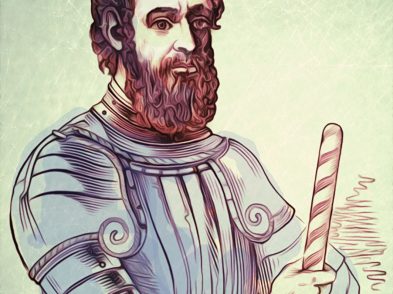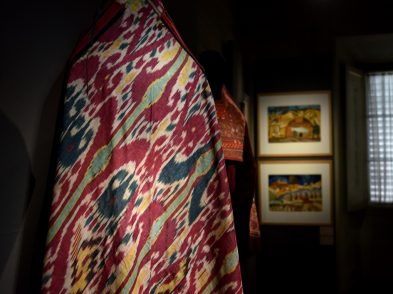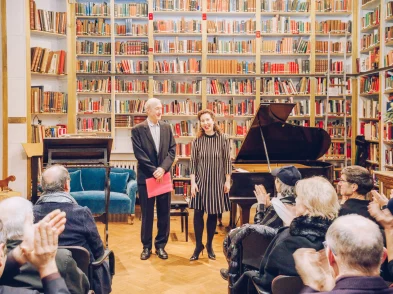On March 4, 1800, Lady Henrietta, daughter of the Earl of Powis, who married the British governor of Madras, adventurously set out on a tour of South India that covered over 1,000 miles, travelling with her daughters and their governess, Anna Tonelli, a Florentine portrait painter.
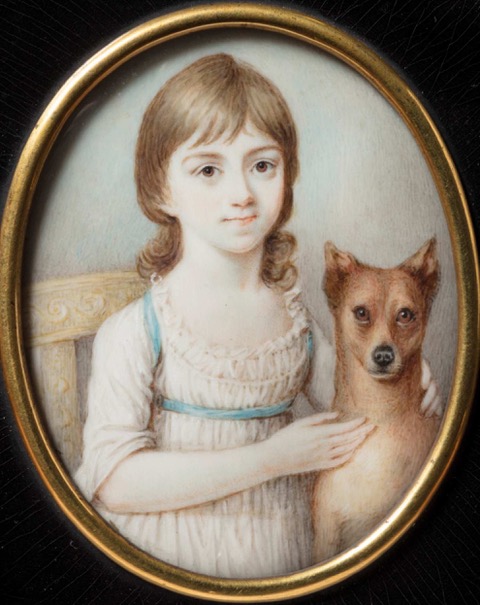
One hundred bullocks, 14 elephants, 2 camels and a pet lion were among the entourage they had brought with them from England, in addition to items from the natural world, such as rocks, minerals, shells, leaves and flowers. Lady Henrietta was an avid collector, a hobby shared by her Italian companion. “I have not forgotten to take some small mementos of everything that seems most curious to me,” she wrote home to a close friend, “and if I am fortunate enough to return safely, you will see several books filled with all sorts of things, including fruits, flowers, and birds all mixed together.” Such specimens have been lost over time, but what survives are Anna’s private letters to her friend, a young Gloucestershire woman named Harriet who married the Sussex landowner, Sir Cecil Bisshopp.
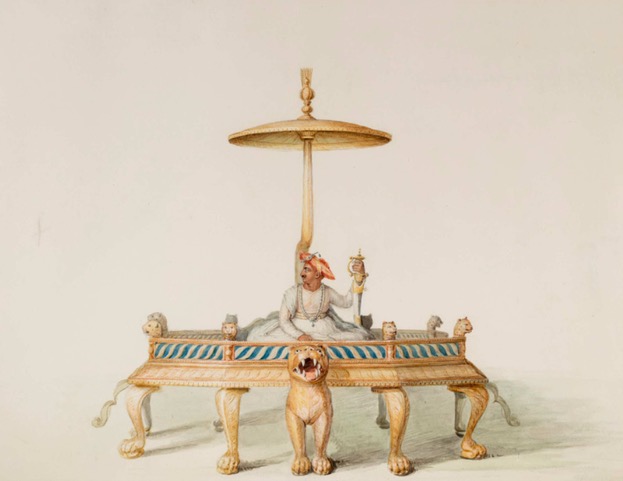
Anna and Harriet’s correspondence began in the summer of 1795, a year after Tonelli had left her family to start a new life on her own in England, and continued almost without interruption until her journey to India with Lady Henrietta and her family in 1800, including several pages of heartfelt letters that intimately document their lives and thoughts. It was not until many decades later that this correspondence was rediscovered at Parham House in Sussex. Anna’s letters in English were closely examined in Dr. John Chu’s article, ‘Game of Thrones in an Asiatic World: Henrietta Clive and Anna Tonelli in British India’. However, the letters in Italian had remained untranslated until the National Trust recently engaged a graduate student to translate them as part of a curatorial internship. Following this translation, the next stage of the research will start and the findings will be published in a scholarly journal. Such letters are significant because they offer fresh insight into British society in India under the East India Company and provide a more nuanced understanding of Anna Tonelli as a person and artist.
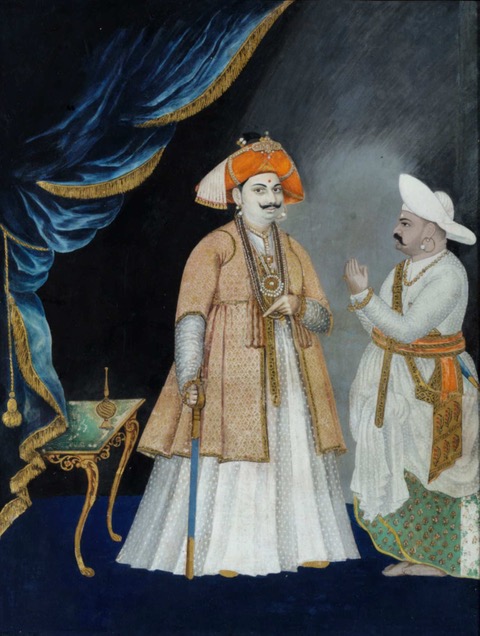
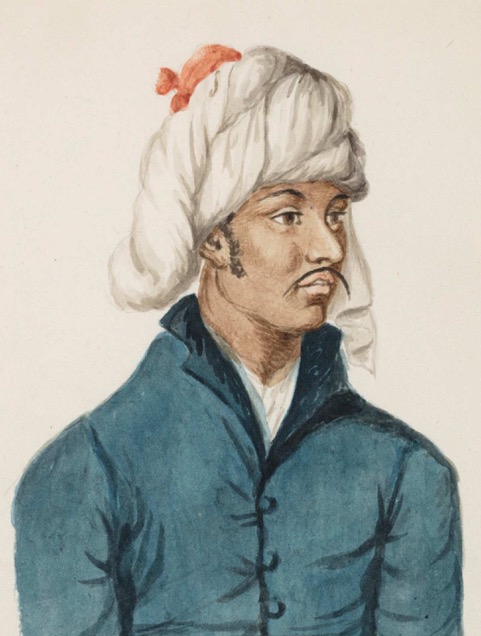
Born in 1763, Anna married the violinist Luigi Tonelli in 1785 and lived with him in Florence until 1794, when she was offered a teaching position in London, leaving her husband and two children behind. This decision occasionally weighed on her mind. “I don’t know why, but I don’t feel content,” she wrote to Harriet in a moment of vulnerability. “Perhaps it is the immense distance from my family or the endless time it takes to receive news.” The political turmoil that affected Italy in this period was also a source of distress for her. “The letters from Italy have brought me good news about my family, but very bad news about the country,” she lamented. “Poor Italy!” Anna might have been informed about Napoleon’s invasion of Tuscany in 1799. Nonetheless, she managed to find a sense of belonging and comfort in her role as a governess to the Clive family, who ran the East India Company between 1757 and 1803. “Both he and Lady Clive have shown me much kindness,” she reassured Harriet. “They have provided me with a beautiful room for painting.” Anna taught the Clive daughters drawing, music and Italian, but foreign customs are the most compelling topic in her letters.
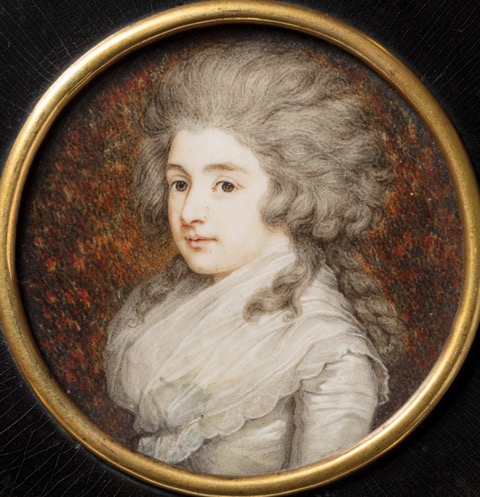
“I confess that I would like to see a little of the country in the oriental manner,” Anna wrote on January 20, 1800, “because everything here is done in the English way.” Her opportunity to experience something of “the oriental manner” came when she chose to ride an iconic Indian creature. “I prefer availing myself of the Elephant,” she explained, “because the very elevated situation in which one is placed on their backs renders the air infinitely purer and fresher.” The Great Pagoda of Kanchipuram proved an even more awe-inspiring vantage point. “Those who like me have the Courage to Mount to the Summit are rewarded with an extensive view of the Country,” she declared with a touch of patriotism, “but as the stairs are not quite so commodious as those of St. Peter’s at Rome, they caused pain in my Legs for two Days.”
Anna documented her Indian journey not only in her letters, but also in her sketchbook. “If ever I live to return to England,” she promised Harriet, “I will show you the designs I have made of them, in every part where I found it possible.” Luckily, Anna did return, and her artworks are now displayed at the Clive Museum at Powis Castle.



